Hi! Here is a brief roundup of some of the week’s most interesting science news. Enjoy!
1. Giant Worm-like Organism Discovered
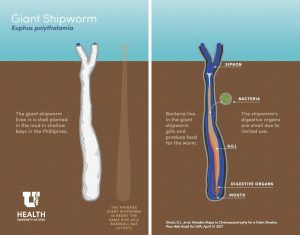
A giant, worm-like mollusk has been described for the first time, and it is the weirdest thing you have seen. The organism, Kuphus polythalamia, is a member of the shipworm family, long bivalved marine mollusks that burrow in wood. It forms a calcareous shell as it burrows into marine sediment. These shells had been observed for years, but the live organism had never been fully described before. The specimens were found in the Philippines, in a muddy marine lagoon full of wood debris. They can grow up to 1.5 meters long, and reach a diameter of 6 cm.
Shipworms normally ingest wood, digesting the cellulose with the help of bacterial symbionts. However, Kuphus polythalamia relies on an inorganic chemical for food. It bores into mud, which it sifts through its gills. Bacteria in the gills transform hydrogen sulfide into carbon compounds that the shipworm uses for survival. In fact, the digestive tract of this worm is much shrunken from disuse. The researchers are now studying how the transition from wood-consuming shipworms to giant shipworms that thrive on noxious gas happened.
Video credit: Marvin Altamia
Distel, D., et al. Proceedings of the National Academy of Sciences. DOI10.1073/pnas.1620470114
2. Nanoparticles to cure cancer
Researchers at the Fred Hutchinson Cancer Research Center have developed nanoparticles to be used in the fight against cancer. These tiny particles, which are made of a biodegradable material and carry DNA, can penetrate white blood cells and program them to fight cancer cells. A cell-based therapy that has shown promising results in clinical trials involves removing T-cells from the body and manipulating them in the laboratory before implanting them back into the patient. In contrast, the nanoparticles are injected into the patient and used to program the cells inside the body. The DNA-carrying particles attach to the T cells, which ingest them, and deliver their DNA into the cell nucleus. It is like inserting a set of instructions into the cell, which direct it to produce receptors that can identify leukemia cells. The use of these nanoparticles improved animal survival when used in a mouse model for leukemia, from a median survival of 2 weeks to an average survival of 58 days.
Smith, T.T., et al. Nature Nanotechnology. doi:10.1038/nnano.2017.57
3. Got the Flu? Try Some Frog Slime
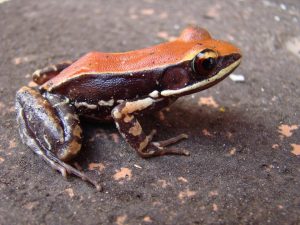
Scientists are continually finding potential drugs in the unlikeliest of places. This time, a group of researchers looking into frog slime for compounds exhibiting antimicrobial properties discovered a molecule with anti-flu virus activity. The compound, a peptide they called “urumin” was found in the mucus of the frog Hydrophylax bahuvistara, a species native to Kerala, India. It probably works by binding to hemagluttinin, a protein on the surface of many strains of virus, that the virus needs to in order to infect human cells. Antimicrobial compounds are found in the secretions of many animals, as a form of defense. Frogs are a particularly interesting source because it is relatively easy to obtain the mucus that contains these compounds.
Holthausen, D.J., et al. Immunity. DOI:http://dx.doi.org/10.1016/j.immuni.2017.03.018
4. Viruses vs superbugs
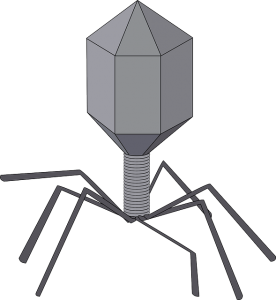
In the fight against antibiotic-resistant bacteria that seem to be becoming more common than ever, scientists are looking beyond antibiotics to combat them. Earlier this week, researchers from the Baylor College of Medicine described in Scientific Reports, how they used bacteriophages, or bacteria-killing viruses, to combat antibiotic-resistant bacteria in mice. They isolated phages from dog and bird feces found at local parks, and selected one with potential for drug development. They tested the phage in mice infected with clinically relevant strains of resistant bacteria, and found that it greatly improved the health outcome of the mice.
Although the use of phages for therapy is not new, it was largely forgotten in the Western world after the advent of antibiotics. Now that antibiotic-resistant “superbugs” are on the rise, interest in phage therapy has been renewed. Among the benefits of phage therapy is that protective gut bacteria in the patient are not destroyed. Also, their renowned capacity to adapt and evolve means they could change in response to bacterial mutation, something antibiotics cannot do.
Green, S.I., et al. Scientific Reports. doi:10.1038/srep46151
5. European Salamanders in Danger
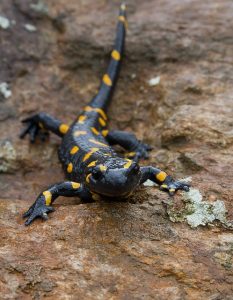
A fungus that has been imported into Europe, probably through the pet trade, is decimating European salamander populations at an alarming rate. The fungus, Batrachochytrium salamandrivorans, is native to Asia, and has affected populations of fire salamanders in Belgium, the Netherlands, and Germany. It infects the skin of the salamanders, leading to necrosis and death. The infection and mortality rate is extremely high, with only 13% of infected salamanders surviving over a 10-day period. The immune system of the salamanders cannot effectively fight off the infection, and the fungus is very resistant to environmental conditions. Making matters worse, amphibians that share the habitat of the fire salamander may become reservoirs for the fungus. This means that the fungus will remain in the environment even after the salamanders die off, making re-introduction efforts ineffective. Research efforts are in place to combat the spread of the fungus, as well as a ban on imported salamanders and newts. The fungus is carried by the fire belly newt, popular among hobbyists.
Stegen, G., et al. Nature. doi:10.1038/nature22059
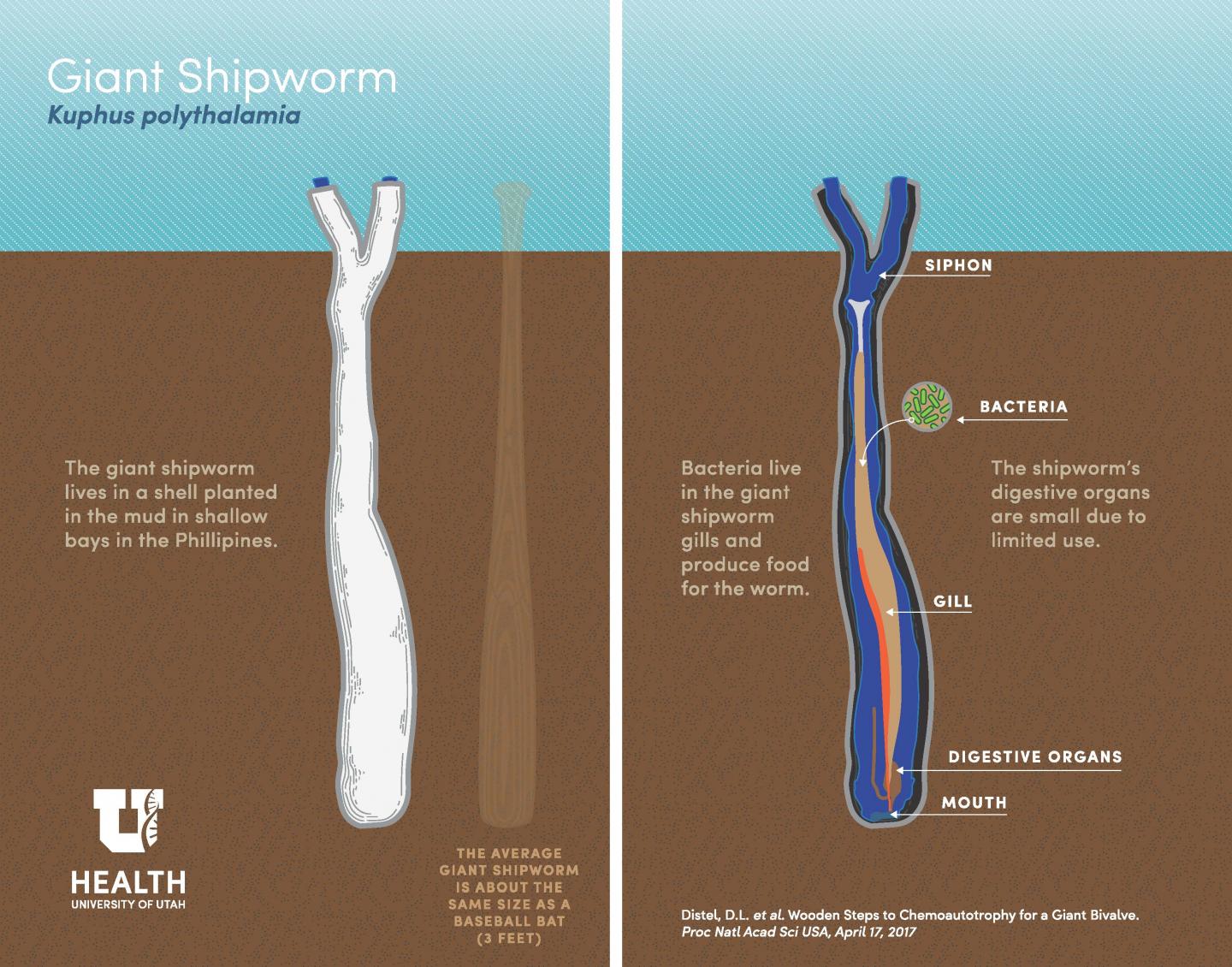
One thought on “The Week in Science News”